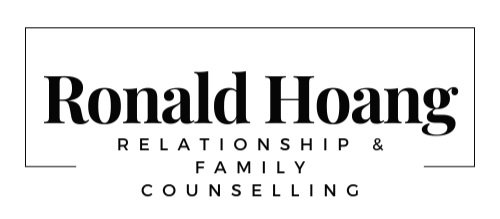TikTok Parenting - “trying to give her the happiest childhood” according to Family Therapist
Viral parenting video on Tiktok - “trying to give her the happiest childhood”.
https://www.tiktok.com/@kiraaddison/video/7306351194035801387
This parenting style is known as a permissive parenting style. This is where a parent is child driven, rarely gives or enforces rules and overindulges a child in order to avoid conflict. It could be described as a “yes mom”.
The benefits of this parenting style is that the child is given complete agency to do and be what they want to do and they can be authentically themselves. It can nurture creativity as that child’s imagination is in no way restricted.
The drawback is that these children grow up thinking they are the center of the universe, they do not learn to listen to anyone else but themselves and do not adhere to rules and boundaries.
Saying “yes” to every single one of a child's request is not healthy for a child's development. Children need to learn rules and boundaries, it is part of showing them love and care. “Yes moms” are afraid that saying no is restricting their child from being themselves and they are afraid their child wont love them if they deny their requests. The truth is, if you are a parent saying “no” to your child, and they’re telling you how much they hate you for it, well done, you're doing your job as a parent - establishing appropriate boundaries. I know its scary because you don't ever want your child to hate you. But know that the opposite of love is not hate. The opposite of love is indifference. Love and hate are on the same range of emotion, just at opposite ends. By saying no once in a while where its necessary and appropriate, you're showing your love to your child by helping them to develop a healthy understanding of what appropriate boundaries look like.
What could be done instead if that parent didn't want to say no and wanted to allow their child to draw would be to empathetically redirect that child to draw on something more appropriate. Saying something along the lines of “I can see you really want to draw, the floor is not for drawing, what else do you think you could draw on? You could draw on this paper or this book?” This empathizes with the childs desire to draw, gently establishes boundaries of not drawing on the floor and gives the child the options on what they could do instead so that they dont feel controlled or restricted and dismissed of their desire to draw.

